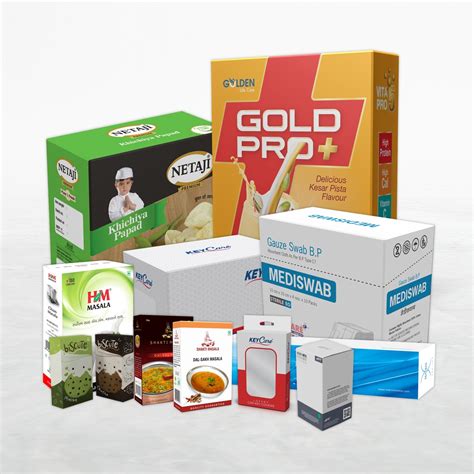How to Identify Packaging Clues That Indicate Fake Products
Introduction to Spotting Fake Packaging
With counterfeit products on the rise, knowing how to identify fake packaging is more important than ever. Fake packaging often mimics genuine products to an impressive degree, so understanding key indicators can help you avoid counterfeit items. This guide delves into common clues and provides clear ways to spot fake packaging across various product categories.
1. What Printing Details Should You Check for Authenticity?
Printing quality is one of the easiest ways to spot fake packaging. Most counterfeiters don’t match the crisp print standards of authentic brands. Here’s what to look out for:
- Blurry Text: Check if the text is smudged or blurry, which can indicate low-quality printing.
- Inconsistent Fonts: Authentic packaging has uniform fonts, but counterfeits might mix different styles or font weights.
Use these guidelines to ensure text clarity on all parts of the packaging:
| Packaging Part | Authentic Check |
|---|---|
| Front Text | Clear, sharp, and consistent fonts |
| Ingredients Label | Accurate details, without typos |
| Side Labels | Aligned text with uniform color |
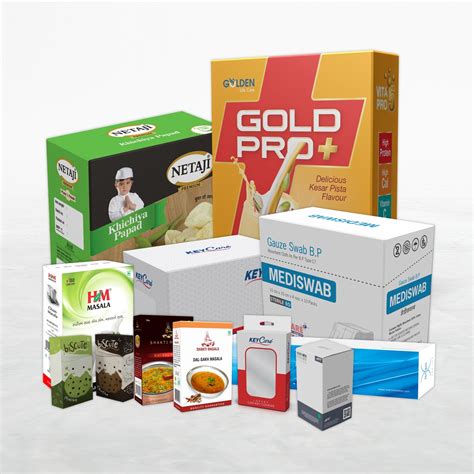
2. Are There Any Weight Differences to Look Out For?
Often, fake products don’t match the weight of genuine ones. Here’s how weight can be an indicator of authenticity:
- Use a Scale: Authentic products typically have a precise weight listed. Counterfeits might differ due to cheaper materials.
- Packaging Material: Lightweight materials in fakes may make them noticeably lighter than the original.
Consider weighing the product if possible and comparing it with the manufacturer’s specifications. Even a small difference can be a red flag.
3. How Does Barcode Quality Indicate Authenticity?
A barcode’s quality and readability is a lesser-known yet crucial clue. Here’s what to inspect:
- Scanner Test: A genuine barcode should scan easily, while counterfeits often have blurry or distorted barcodes.
- Location Consistency: Genuine barcodes are placed in consistent spots, whereas fakes may vary in position or alignment.
Authentic brands invest in quality barcodes to ensure inventory accuracy, so examine both the appearance and scanning functionality of barcodes when assessing a product.
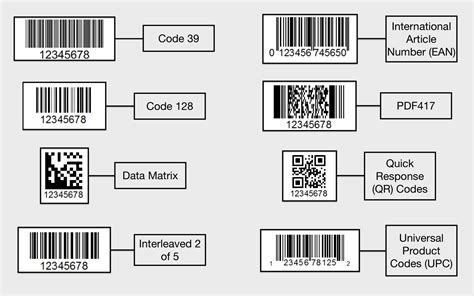
4. Do Color Variations Reveal Counterfeits?
Colors on fake packaging often differ slightly from the original. Here’s how to analyze this clue:
- Faded Colors: Genuine products use high-quality inks. Fakes may appear dull or faded.
- Inconsistent Tones: Compare the colors on all sides of the packaging. Mismatched shades are often a red flag.
Examining the color consistency, especially on high-value brands, can help you spot subtle counterfeits quickly.
5. Are There Texture Differences in Authentic Packaging?
Texture provides valuable clues in differentiating real products from fakes. Look for these telltale signs:
- Smooth Finish: Most genuine packaging has a polished, uniform finish. Fakes may feel rough or uneven.
- Raised Elements: Some products have embossed or raised elements; feel for any inconsistencies in these areas.
Feeling the texture can provide instant insight, as many counterfeiters cut costs on packaging materials, leading to noticeable differences.
6. How Important Are Seals and Holograms?
Seals and holograms are often included as security features. Here’s what to check:
- Secure Seals: Genuine products use tamper-evident seals that are difficult to replicate.
- Hologram Consistency: If the brand uses holograms, they should change color or design based on the angle, a detail often missed by counterfeiters.
Inspecting these elements can be crucial, as tamper-evident designs and holograms are effective safeguards against fakes.
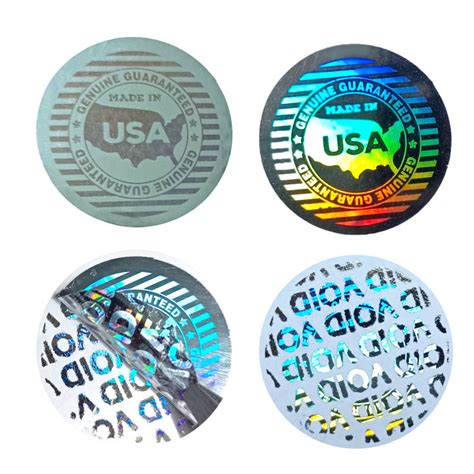
7. What Role Do Product Codes Play in Verifying Authenticity?
Product codes often reveal counterfeits, as they must align with brand databases. Consider these checks:
- Cross-Check Online: Many brands allow customers to verify codes directly on their website.
- Format Consistency: Genuine products follow strict code formats, unlike the random combinations seen on counterfeits.
Using the manufacturer’s resources to cross-check codes is an effective way to confirm authenticity.
8. Are There Signs of Poor Glue or Tape Quality?
Packaging glue and tape are often overlooked, yet they reveal a lot about authenticity:
- Quality of Adhesive: Authentic packaging typically uses high-quality adhesives, whereas fakes might have excess glue or poor adhesion.
- Uniform Application: Look for uniform application in genuine packaging, as counterfeits tend to be inconsistent.
Examining how well the packaging is secured, and the quality of adhesives used, can provide further insights into authenticity.
9. How Can Packaging Smell Indicate a Fake?
Counterfeit products often use cheaper materials that emit unusual odors. Here’s what to pay attention to:
- Plastic or Chemical Odors: If the packaging has a strong plastic or chemical smell, it could be a fake.
- Lack of Freshness: Genuine packaging is unlikely to carry an odor. Any noticeable smell should raise concern.
Smell might not be the most reliable clue, but it’s worth considering, especially if it’s noticeably unpleasant or chemical-like.
10. How Can Product Expiry Dates Be Used to Identify Fakes?
Expiry dates are a common counterfeit flaw. Here’s how to verify:
- Misaligned Dates: Authentic expiry dates are aligned and clear. Counterfeits often print them in odd locations or with poor quality.
- Future Dates: Fake products sometimes have improbably distant expiry dates, which can be a clear red flag.
Carefully examining expiry dates, both for accuracy and placement, can be an effective way to identify counterfeits.
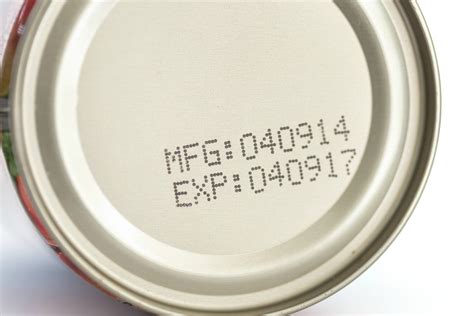
Table Summary of Packaging Clues for Identifying Fakes
| Clue | Description |
|---|---|
| Printing Quality | Clear, consistent fonts and no blurry text |
| Weight Differences | Matches the genuine product’s specifications |
| Barcode Quality | Clear and scannable with correct placement |
| Color Consistency | Vibrant and consistent tones across packaging |
| Texture and Finish | Uniform texture, smooth finish, and raised details |
| Seals and Holograms | Tamper-evident, with genuine hologram features |
| Product Codes | Cross-verifiable, with correct format and placement |
FAQ
What are the signs of low-quality printing in fake products?
Blurry or inconsistent text, misspellings, and poor font quality are indicators.
How does barcode placement vary on fake packaging?
Fake barcodes may be misaligned or placed inconsistently.
Can the weight of a product help verify its authenticity?
Yes, genuine products adhere to strict weight standards, unlike counterfeits.
How can product expiry dates reveal fakes?
Fake products often have misaligned, unusually future-dated expiry stamps.
Are certain textures common in genuine packaging?
Yes, genuine packaging usually has a smooth, uniform texture.
Why do holograms matter in identifying real products?
Holograms are difficult to fake and often change color based on angle, a sign of authenticity.
How does adhesive quality indicate authenticity?
Genuine packaging uses high-quality adhesives, while fakes may have excess glue or poor adhesion.

